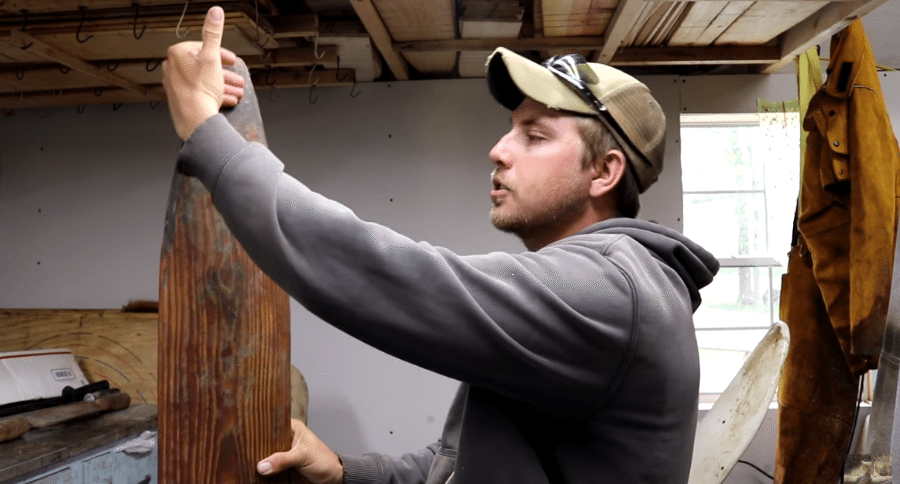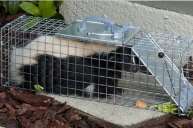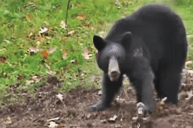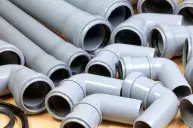Here are some things for any trapper to consider when choosing what kind of fleshing beam to rely on. You spend a lot of time at the beam, so choose wisely.
A trapper's fleshing beam is a mighty important piece of trapping equipment. You'll spend a considerable amount of time leaning over your fleshing beam, so it pays to choose the style that best suits your individual wants and needs.
Believe it or not, there's a lot to think about when pondering the kind of fleshing beam to tailor to yourself and your fur handling needs. You want something that is comfortable, easy on the back and shoulders, handles the furs in an efficient manner and is affordable in terms of both time and money.
Here are some great tips for you to consider.
The physical setup of a beam is very dependent on a person's height. This affects the angle you want the beam to be for comfortably working your pelts.
He goes through the three basic kinds of fleshing beams, discussing the merits and drawbacks of each. The first style he discusses is also the first beam he ever used. It's literally a pine log set on a frame to hold it up and at a reasonable angle.
The pros and cons of the pine log style of beam are as follows:
PROS:
- Cheap and fairly easy to construct
- Readily available material
- Sturdy and strong
CONS:
- Additional "cushion" as the entire pelt lies on the log while you flesh
- Probability of gouging a groove into the beam over time if you use a soft wood like pine
- Uncomfortable and inefficient extension of your arms if working a large critter (often you must work the whole pelt at once, rather than being able selectively work an area of the pelt)
Next, he discusses a wooden board beam. This is the style of beam the most trappers use. It is simply a hardwood board - in this case a 2x6 or a 2x8 - that is rounded at the top and sides.
PROS:
- Easy to create
- Has a nice, ready-made flat area of contact for your fleshing knife
- Universally desirable width (2x8) for working most animals
- Lighter than a log beam
- You are able to have a single thickness of pelt to work (no cushion from a double thickness)
CONS:
- Probability of creating a gouge with your knife as you come off the pelt while working - this will increase the odds that you will cut or tear a pelt
- A little more expensive, particularly if you choose a harder wood
Finally he moves to what he calls the "top of the pyramid, the Cadillac" of fleshing beams: the PVC style fleshing beam.
PROS:
- PVC is much harder and more durable than wood
- Lends itself to easy interchangeability of different size beams for different size pelts (for example, you can have beams sized for beaver or for ermine)
- Lightweight
CONS:
- More expensive
- Requires more work to form the board
- Not a natural material (that matters to some folks)
As far as the angle of the beam is concerned, he maintains that that is really up to personal preference, depending on if you prefer to use your arms or your back more while fleshing. This is something you'll just have to experiment with.
He touches on the English fleshing beam system, which entails using a vertical board and working the pelt in a straight up and down manner. But for most of us this is not a practical system and seems to require much more physical energy to perform.
I personally am very interested in the PVC system. Having used a wooden beam the PVC system is something that has intrigued me for a few years now, and I think I'll soon be building myself a rig to handle PVC boards. I'll be sure to share my impressions of it when I do.
Like what you see here? You can read more great articles by David Smith at his facebook page, Stumpjack Outdoors.
NEXT: Wary Beaver is Caught on Film "Outsmarting" Trapper
https://rumble.com/embed/u7gve.v3v4j9/




